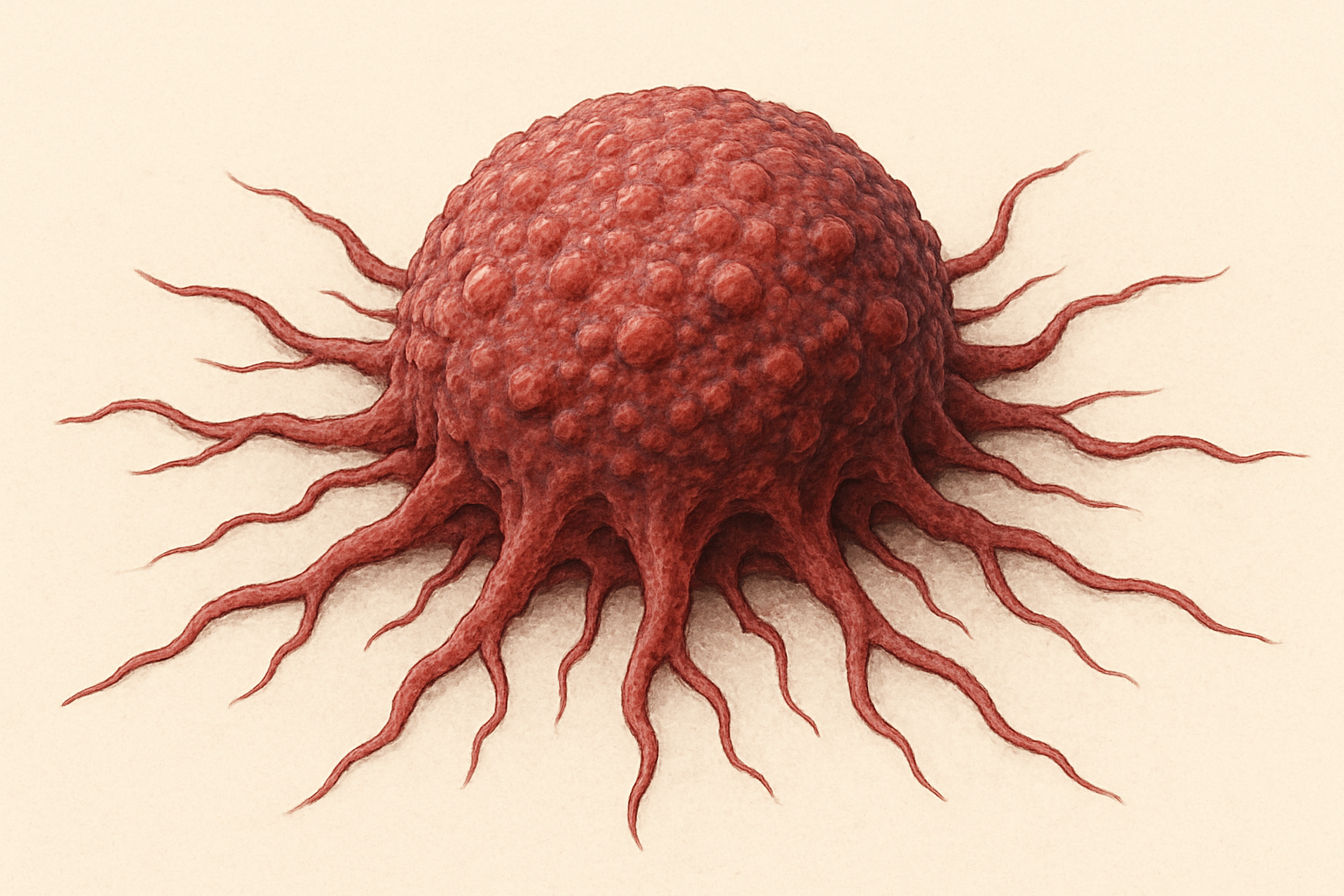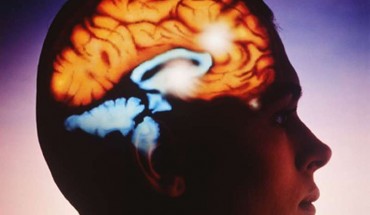By: Farzin Espahani
Throughout human history, periods of feast and famine have shaped the evolution of our species. Our ancestors did not enjoy the luxury of three scheduled meals a day, nor the endless access to food that modern societies now take for granted. Instead, early humans often experienced stretches without sustenance, a reality that, paradoxically, sculpted biological mechanisms critical to our survival. One of the most remarkable of these is autophagy, a self-cleaning process activated by fasting that holds profound implications for health and longevity.
Autophagy, meaning “self-eating” in Greek, is not a sign of biological failure but an elegant example of evolutionary wisdom. When the body is deprived of external food sources, it does not immediately succumb to weakness. Instead, it turns inward, identifying and dismantling its own damaged, misfolded, or aging cellular components. This breakdown and recycling of internal parts allows the body not only to survive but also to rejuvenate itself. It is an internal spring cleaning, triggered not by abundance but by the temporary absence of food.
From an evolutionary perspective, it makes perfect sense. Energy conservation was vital for early humans. When external nutrients were scarce, the body adapted by using internal resources efficiently. Damaged proteins, malfunctioning mitochondria, and other cellular debris were seen not as waste to be discarded but as building blocks to be repurposed. This adaptation allowed our ancestors to thrive during periods of scarcity, enhancing their resilience and ultimately shaping the human genome.
Dr. Yoshinori Ohsumi’s Nobel Prize-winning work in 2016 brought autophagy to the forefront of modern scientific inquiry. His studies elucidated how cells, when starved, initiate this self-repair process. These findings provided critical insight into why intermittent fasting can be so beneficial to health, explaining the profound biological changes that occur even after relatively short periods without food.
Research in animals further supports these observations. Mice subjected to intermittent fasting regimens not only lived longer but also exhibited fewer signs of age-related diseases. Their tissues showed greater resistance to oxidative stress, their insulin sensitivity improved, and their neurological function remained robust well into advanced age. While caution must be exercised in extrapolating directly from mice to humans, the biological mechanisms underlying these outcomes are shared across mammalian species.
In humans, emerging studies suggest similar benefits. Intermittent fasting, often structured as a 16-hour fasting window followed by an 8-hour eating window, has been associated with improvements in cardiovascular health, reductions in systemic inflammation, better glucose regulation, and enhanced cognitive function. Even occasional 24-hour fasts have been shown to significantly amplify autophagic processes, promoting cellular repair and renewal.
Beyond the scientific data, there is a deeply anthropological dimension to fasting. It connects us to our evolutionary past, reminding us that the human body was not designed for constant abundance. Continuous eating, especially the consumption of highly processed foods rich in sugars and unhealthy fats, represents a modern anomaly. The human digestive system, metabolic pathways, and cellular repair mechanisms evolved under conditions of periodic food scarcity. Fasting, therefore, is not an unnatural hardship but a return to a biological rhythm deeply ingrained in our DNA.
Autophagy serves not just to recycle damaged components but also to protect the body against disease. By clearing out misfolded proteins and defective mitochondria, fasting reduces the risk of chronic illnesses such as Alzheimer’s, Parkinson’s, and type 2 diabetes. These diseases are often characterized by the accumulation of cellular debris that impairs normal function. Regular activation of autophagy through fasting can thus be seen as a preventive strategy against some of the most devastating conditions of modern times.
The process of recycling internal components during fasting is astonishingly efficient. Amino acids, fatty acids, and sugars liberated through autophagy are reused to build new cells or to fuel ongoing bodily functions. In a sense, the body becomes its own resource, demonstrating an economy of internal management that is both elegant and effective. This internal recycling ensures that, even during periods of external scarcity, the body maintains essential operations without undue degradation.
In modern society, however, the signals that once triggered fasting behaviors have been largely silenced. The constant availability of food, coupled with cultural norms that encourage frequent eating, suppresses the body’s natural inclination toward autophagy. Breakfast, lunch, dinner, and snacks in between leave little opportunity for the metabolic switch to flip from digestion to repair. As a result, many individuals may go years without experiencing significant autophagic activity, potentially accelerating the aging process and increasing vulnerability to disease.
Recognizing this disconnect, proponents of intermittent fasting advocate for reintroducing periods of voluntary food abstinence into our routines. Yet fasting is not merely about withholding food. It is a deliberate and respectful engagement with our biology, an acknowledgment that sometimes the body needs a break from the laborious task of digestion to focus on restoration.
It is important, however, to approach fasting with nuance and caution. Not all bodies respond identically to food deprivation. Pregnant women, individuals with certain metabolic disorders, and those on specific medications must consult healthcare professionals before embarking on fasting regimens. What is therapeutic for one individual might be harmful to another. Biological anthropology teaches us that human variation is the rule, not the exception.
Moreover, fasting should not be equated with starvation. Starvation implies an involuntary and often damaging lack of nutrition, whereas fasting is a controlled and intentional practice. When done appropriately, fasting strengthens the body rather than weakening it. It is a temporary abstention that triggers profound biological benefits without depleting vital reserves.
In terms of practical application, intermittent fasting can take many forms. The 16:8 method, where individuals fast for 16 hours and eat within an 8-hour window, is among the most popular. Other variations include alternate-day fasting, where individuals fast every other day, and the “5:2” method, where normal eating occurs five days a week and significant caloric restriction is practiced on two non-consecutive days. Each method has its advocates, and individuals often experiment to find what suits their biology and lifestyle best.
There is also growing interest in prolonged fasting, typically lasting 48 to 72 hours, which can dramatically amplify autophagic processes. However, extended fasting should only be undertaken with proper medical supervision, as the risks increase significantly with longer durations without food.
It is worth noting that fasting intersects with numerous cultural and religious traditions. From the Ramadan fast observed by Muslims to the spiritual fasts practiced by indigenous peoples worldwide, the deliberate abstention from food has long been recognized as a means of purification, both physical and spiritual. These practices, rooted in deep cultural knowledge, reflect an intuitive understanding of the body’s need for periodic rest and renewal.
In this context, fasting is not merely a medical or biological intervention but a profound human ritual. It embodies respect for the body, acknowledgment of life’s rhythms, and a conscious return to a more natural state of being. It reminds us that health is not simply the absence of disease but the presence of vitality, balance, and harmony with our evolutionary heritage.
From a biological anthropologist’s perspective, the resurgence of interest in fasting is a welcome reconnection with ancient wisdom. It offers a counterbalance to the relentless consumption that characterizes modern life, providing a space for the body to heal, refresh, and renew itself. Hunger, in this view, is not an enemy to be feared but a signal to be understood, a gentle nudge from our evolutionary past guiding us toward greater health and resilience.
In conclusion, fasting and intermittent fasting represent more than passing health trends. They are powerful practices rooted in human biology and evolution, offering profound benefits through the activation of autophagy. By embracing periods of voluntary hunger, we honor the sophisticated self-repair mechanisms built into our very cells. In doing so, we not only enhance our individual health but also reconnect with the ancient rhythms that have sustained our species across millennia.
References:
- Ohsumi, Y. (2014). Historical landmarks of autophagy research. Cell Research, 24(1), 9–23.
- Mattson, M. P., Longo, V. D., & Harvie, M. (2017). Impact of intermittent fasting on health and disease processes. Ageing Research Reviews, 39, 46–58.




